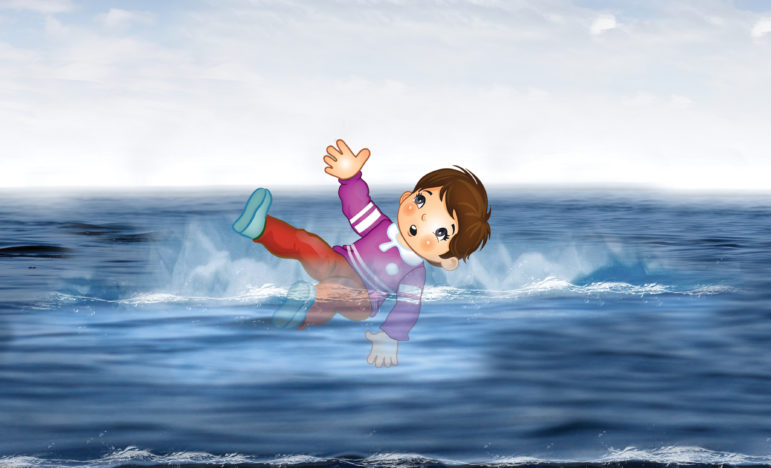
ivandivandelen/Shutterstock
.
A few years ago I attended a workshop on Theatre of the Oppressed, an approach to community education based on the use of theater. The facilitator opened with a story.
There was a community near a river, and one day some people there heard the sounds of a baby crying in the water. They rushed to pull the baby to safety, and while doing so noticed another baby, then a third. On and on babies kept floating downstream. Soon the banks were lined with townspeople frantically pulling these babies to safety, but they had trouble keeping up.

John Lash
As more people were coming to help, they noticed a small group heading out of town. “Where are you going? We need help!” they cried. One of the group answered, “Upstream, to see who is putting these babies in the river!”
This split between addressing immediate needs and looking for ultimate causes is common in many settings, including among those who are interested in how to best protect youth. Among those who study child welfare it is well known that New Mexico consistently ranks at or near the bottom of many national measures. As is often the case, attempts to combat the problem have often been ineffective and are frequently politicized, and kids have continued to pay the price.
My own work in restorative justice started off with a focus on schools and how to implement better ways of creating community and justice in school communities, but it didn’t take long to realize that things were complex. As in virtually every sphere of our society, those who were marginalized seemed to suffer more from the failings of our system. The same is true in New Mexico with regard to the child welfare system, where kids of color suffer disproportionate rates of harm.
Poverty, ineffective programming, lack of universal child and health care, shortages of critical staff and resources and many other issues are connected to New Mexico’s struggles to keep their kids safe. For years, this constellation of systemic issues has worsened the crisis. One ray of hope is the recently settled lawsuit against New Mexico’s Children, Youth, and Families Department (CYFD), filed in 2018 by attorneys representing 13 children under CYFD supervision.
The settlement was collaborative, with CYFD agreeing to address many concerns, including the placement of Native American youth and how to be responsive to high levels of trauma among their vulnerable charges. It makes many important changes to the way kids are protected as well as providing means of oversight and monitoring. However, much remains to be done, including legislative support of an expansion of CYFD resources to fill in personnel gaps.
So, the lawsuit has brought needed changes that impact those standing on the river bank, and to a lesser degree finding out what is going on upstream, but it by no means solves the larger issues that face not only New Mexico, but all of the nation. My guess is that we’ll need to make plenty more trips upstream before we can solve this problem.
John Lash, a Ph.D. student studying restorative justice and racial disproportionality, was director of Georgia Conflict Center from 2012 to 2019. His interest in nonviolence, restorative justice and community-based peacebuilding began during his nearly 25 years as a prisoner in Georgia.





























